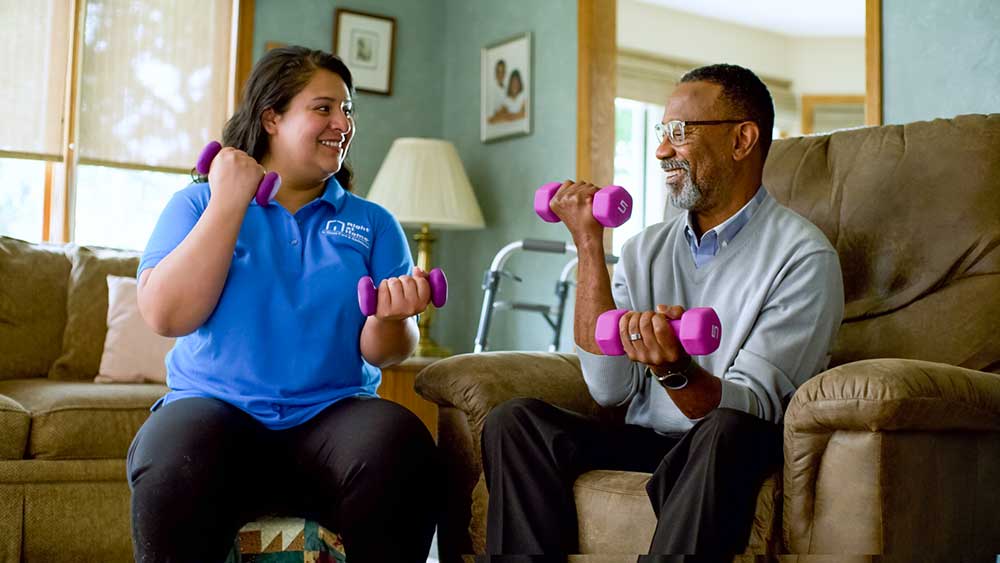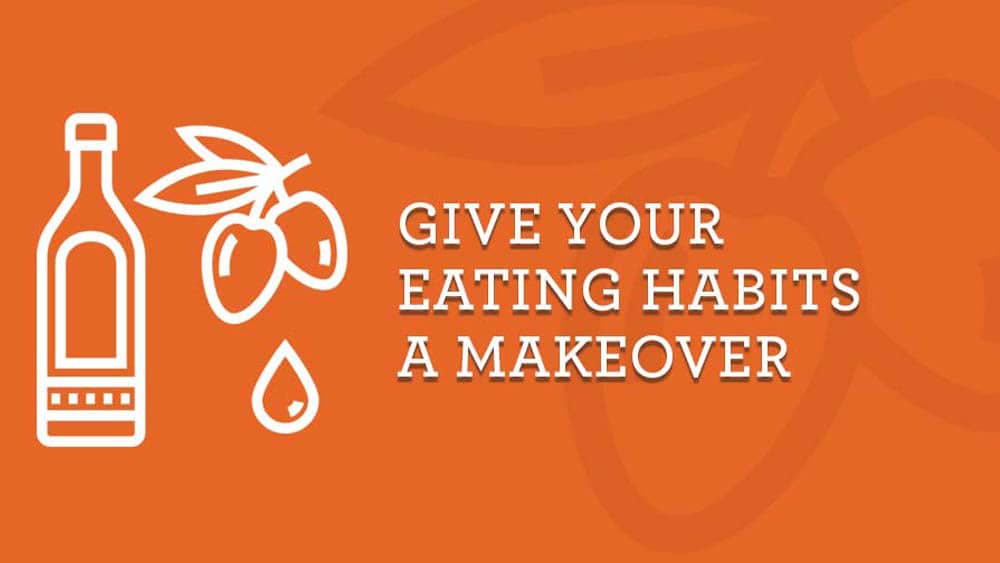

You Are What You Eat—Yes, You Really Are.
At her annual checkup, Sarah’s doctor notes she has gained 15 pounds since her last visit. Although her lab work is within normal ranges, her blood pressure is too high. When asked about her eating habits, 70-year-old Sarah admits she doesn’t cook much since her husband died; instead, she often grabs a cup of macaroni and cheese to heat in the microwave or goes to the drive-through for a burger and fries.
Luke, age 65, lost his job during the COVID-19 pandemic. Without a reliable income, Luke has trouble meeting rent and utility payments and has little money to buy groceries. He is surviving on canned soup and cereal.
Sarah and Luke are perfect examples of the old saying, “You are what you eat.” Sarah’s weight gain and high blood pressure result from her poor eating habits, and Luke is malnourished because he lacks the money to buy food.
Poor nutrition, a top concern for older adults, can lead to health problems, such as heart disease, high blood pressure, obesity, weight loss, Type 2 diabetes, stroke, osteoporosis and some cancers. Causes of poor nutrition may include a change in home life (as in Sarah’s case), mobility problems, problems chewing or swallowing, certain medicines that reduce appetite or change the taste of food, transportation issues that limit frequent grocery shopping, and financial difficulties (like Luke’s).
Although healthy eating is important at any age, the definition of healthy eating changes as you age; for example, your metabolism slows the older you become, so you need fewer calories and more of certain nutrients to stay healthy.
According to MedlinePlus, nutrients are substances in foods that our bodies need so they can function and grow. Nutrients include carbohydrates, fats, proteins, vitamins, minerals and water.
Getting Started Eating Healthy
The U.S. Department of Agriculture’s MyPlate is a good place to start eating healthy. MyPlate is a reminder of the five food groups: vegetables, fruits, grains, protein and dairy. It includes information about the portions of each food group needed for a healthy diet.
- Vegetables include beans, peas, lentils and dark leafy greens, which are rich in nutrients. Vegetables and fruits should represent half of your daily diet.
- Fruits include all fruits and 100% fruit juice. Fruits are rich in vitamin C, which keeps teeth and gums healthy and helps heal cuts and wounds. In addition, fruits are loaded with fiber to help lower cholesterol.
- Grains include foods made from wheat, brown rice, oats, cornmeal and barley. Bread, pasta, breakfast cereals, grits and tortillas are examples of grain products. Foods such as popcorn, rice and oatmeal are included in the grains group.
- Protein includes seafood, meat, poultry, eggs, beans, peas, lentils, nuts, seeds and soy products. Choose meats and poultry that are low in fat, such as 93% lean ground beef, lean pork and skinless chicken. Seafood options higher in healthy fatty acids (omega-3s) and lower in mercury include salmon, anchovies and trout.
- Dairy includes milk, yogurt, cheese, lactose-free milk, and fortified soy milk and yogurt. Foods made from milk that have little calcium and a high fat content, such as cream, butter, cream cheese and sour cream, are not included.
The internet is a great resource for older adults wishing to eat healthier. Check out the following websites:
- National Council on Aging – Healthy Eating Tips for Seniors
- National Institute on Aging – Healthy Eating as You Age: Know Your Food Groups and Healthy Meal Planning: Tips for Older Adults
- S. Department of Agriculture – Healthy Eating for Older Adults and MyPlate Kitchen
- EatingWell – Healthy Aging Recipes
Tips for Healthy and Enjoyable Eating
- Staying hydrated by drinking plenty of liquids throughout the day is a vital part of your diet. Of course, water is the best source of hydration, but you can also have coffee, tea and 100% fruit juice. It’s OK to add an occasional glass of wine with dinner.
- Add spices and herbs and omit salt. For flavor, add fresh or dried parsley, basil and oregano. Garlic and onion powders also add flavor.
- An excellent way to eat vegetables is by adding them to salads. Throw in some fresh fruit as well. Consider adding cooked or steamed veggies to pasta sauces and soups.
- Pass over the chips; instead, eat sliced carrots and celery with your dip.
- Plan ahead before grocery shopping. Make a list and stick to it. Although tempting, the “buy one, get one free” sales aren’t always the healthiest choices. Shop the outside aisles, where you’ll find fresh and nutritious foods.
- Skip the vegetable oil, shortening and butter when frying foods. Use olive oil instead. Try it the next time you want your eggs over easy.
- Prepare meals that are more than you need to eat for the day so that you can refrigerate or freeze them for another day.
What To Do if You Need Help Eating Well
If transportation is an obstacle that prevents you from shopping, consider using a grocery delivery service. From your computer or smartphone, visit your grocery store website or app. Make a list, choose a delivery date and time, and pay with a credit or debit card.
If mobility is a problem, enlist a friend or loved one to help prepare meals that can be refrigerated or frozen. Right at Home’s companion care can help with shopping and preparing nutritious meals.
If you can’t afford healthy foods, the Supplemental Nutrition Assistance Program (SNAP) may be an option. SNAP provides funding to supplement the food budget of individuals or families so they can purchase healthy food.
If chewing or swallowing is a problem, visit your dentist. You might try mashing your vegetables and fruits and consuming soft, high-protein foods such as eggs, ground turkey and lean ground beef.
As always, consult with your health care provider before taking supplements.
Eating Well for a Long, Healthy Life
A healthy diet keeps your bones strong, strengthens your muscles and heart, and makes your skin glow. If you’re not eating healthy, give it a try. And remember, you really are what you eat.
Professional In-Home Care Can Help
If you are an older adult who needs assistance with shopping for groceries and preparing healthy meals or reminders of how to incorporate your physician’s recommendations into your diet, Right at Home’s professionally trained caregivers can help. We follow a five-step process to ensure you get the care you need and the right person to help. Use our office locator to find your local Right at Home office and ask for a FREE in-home consultation.







